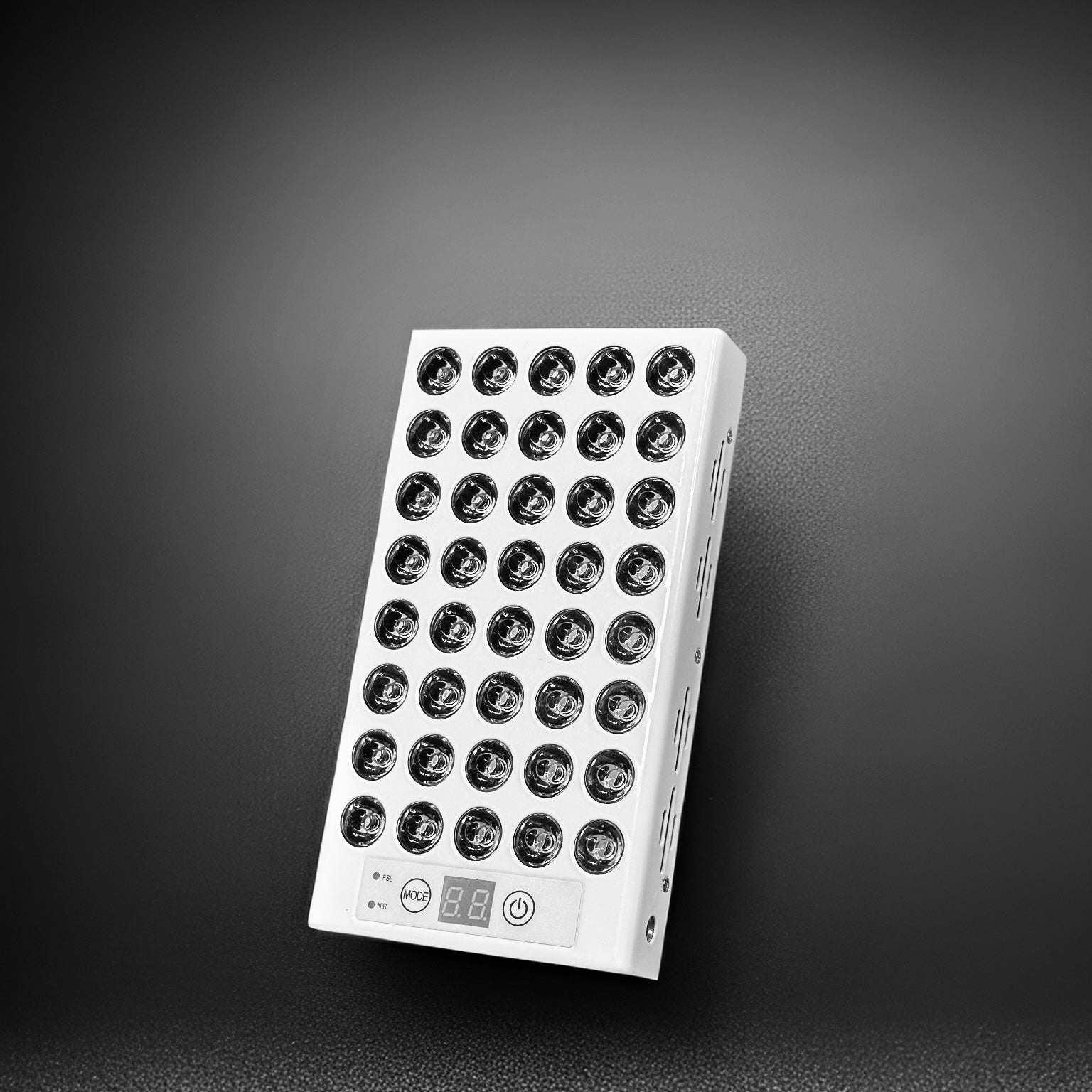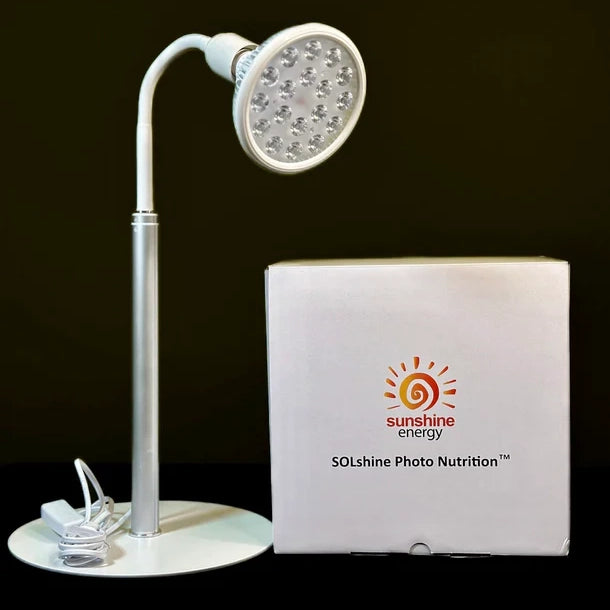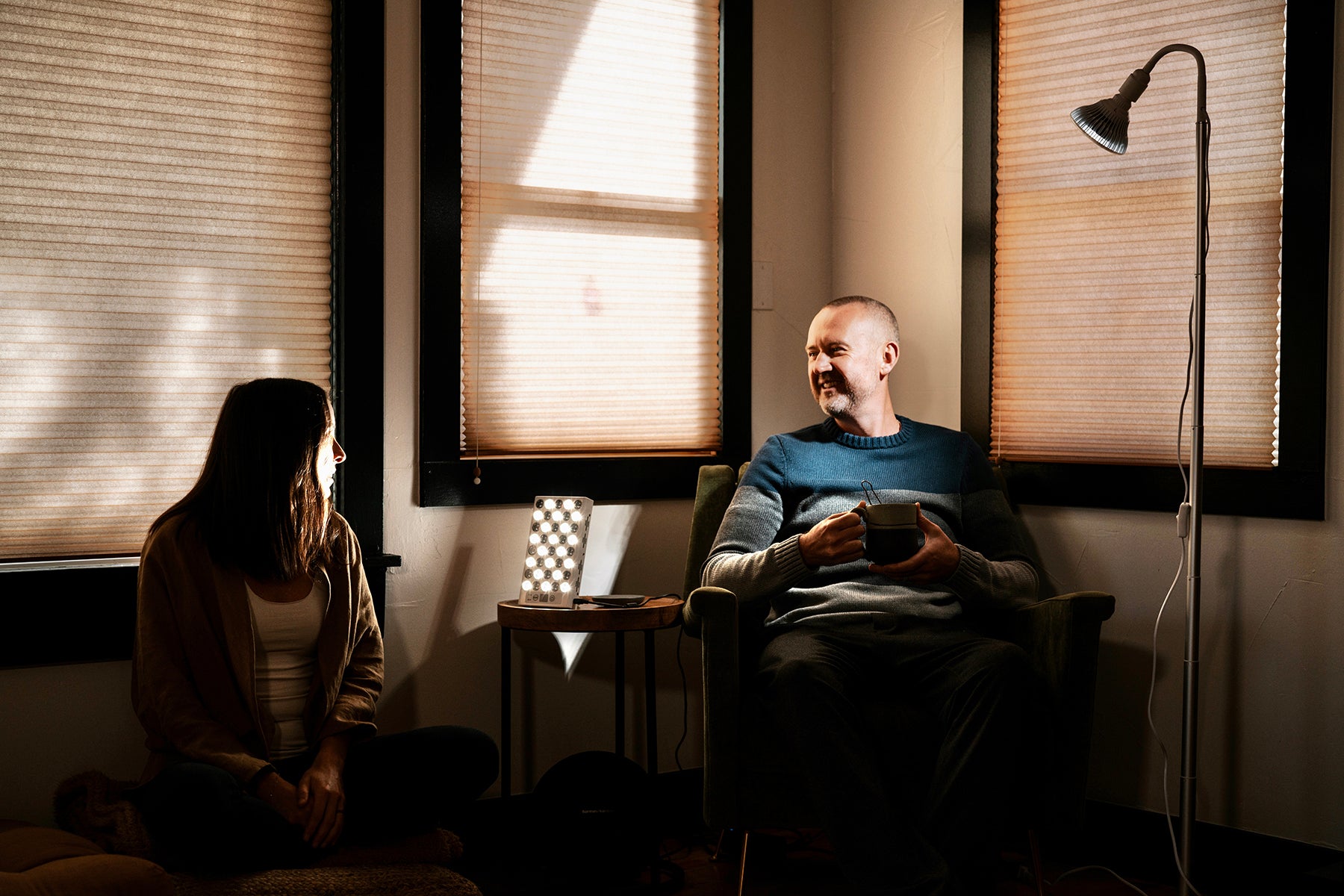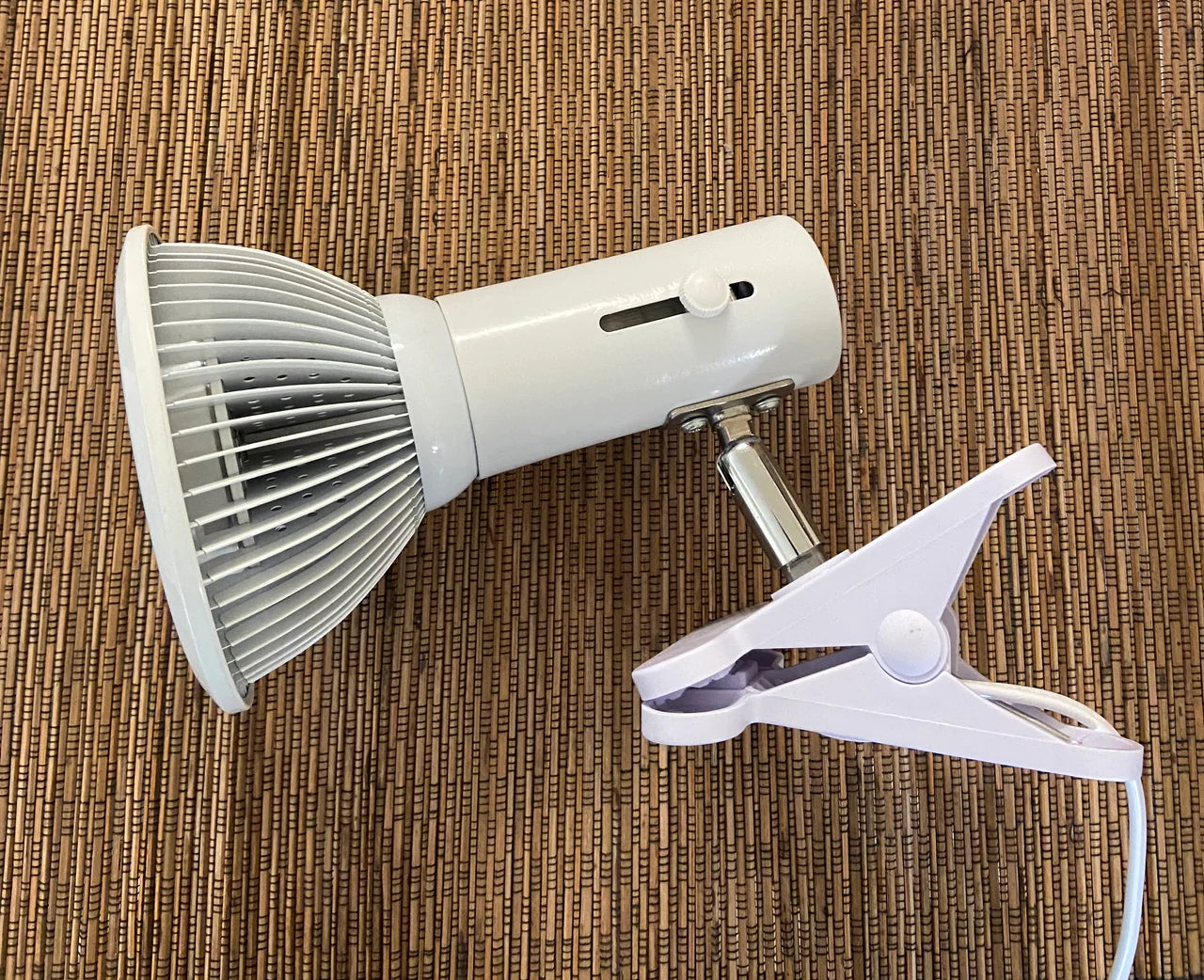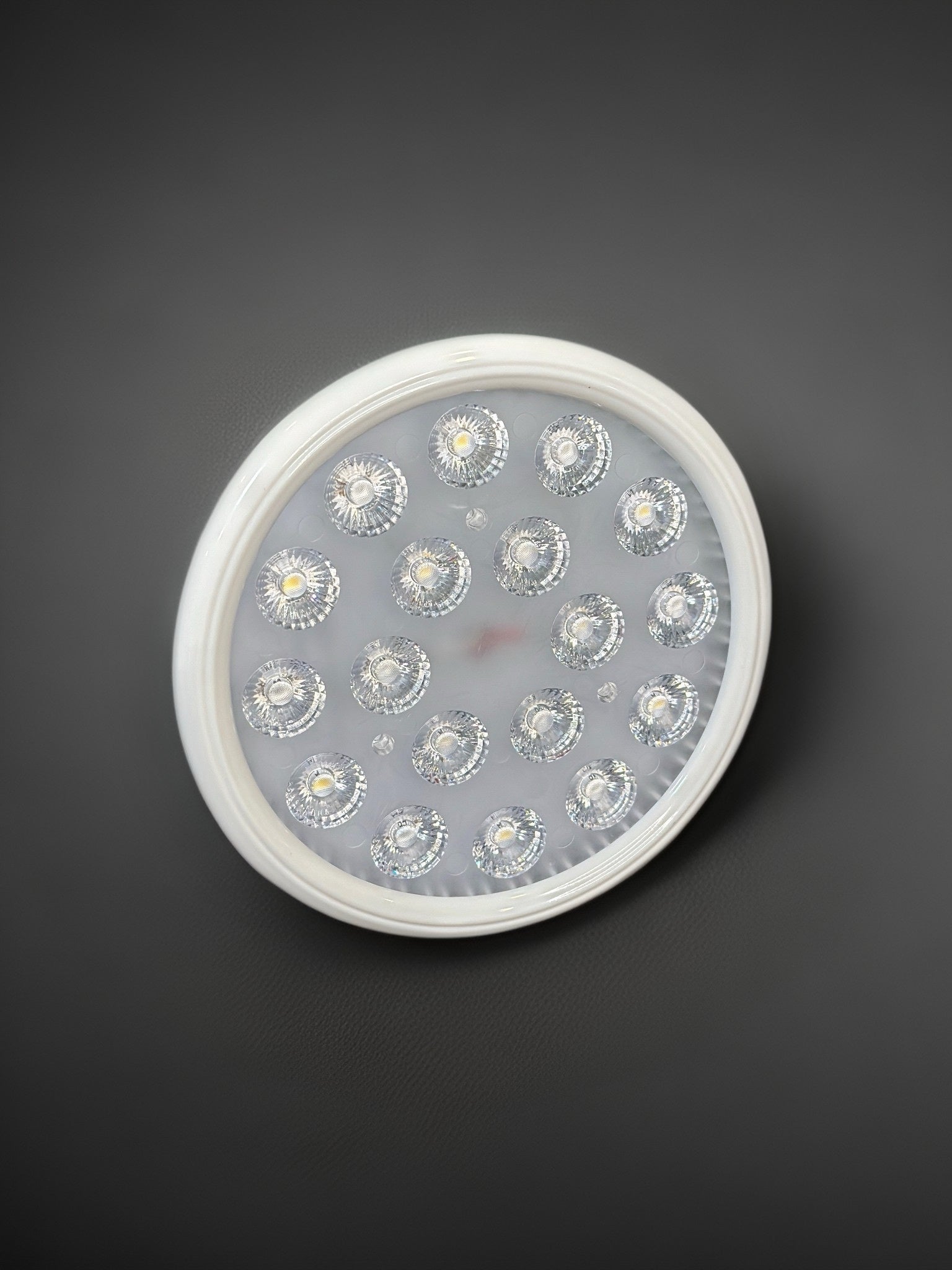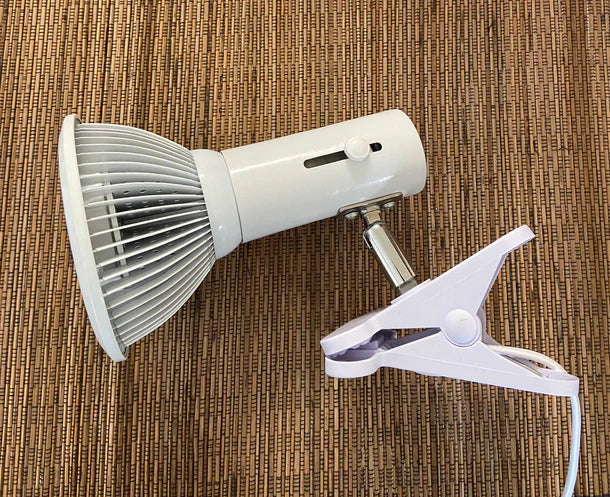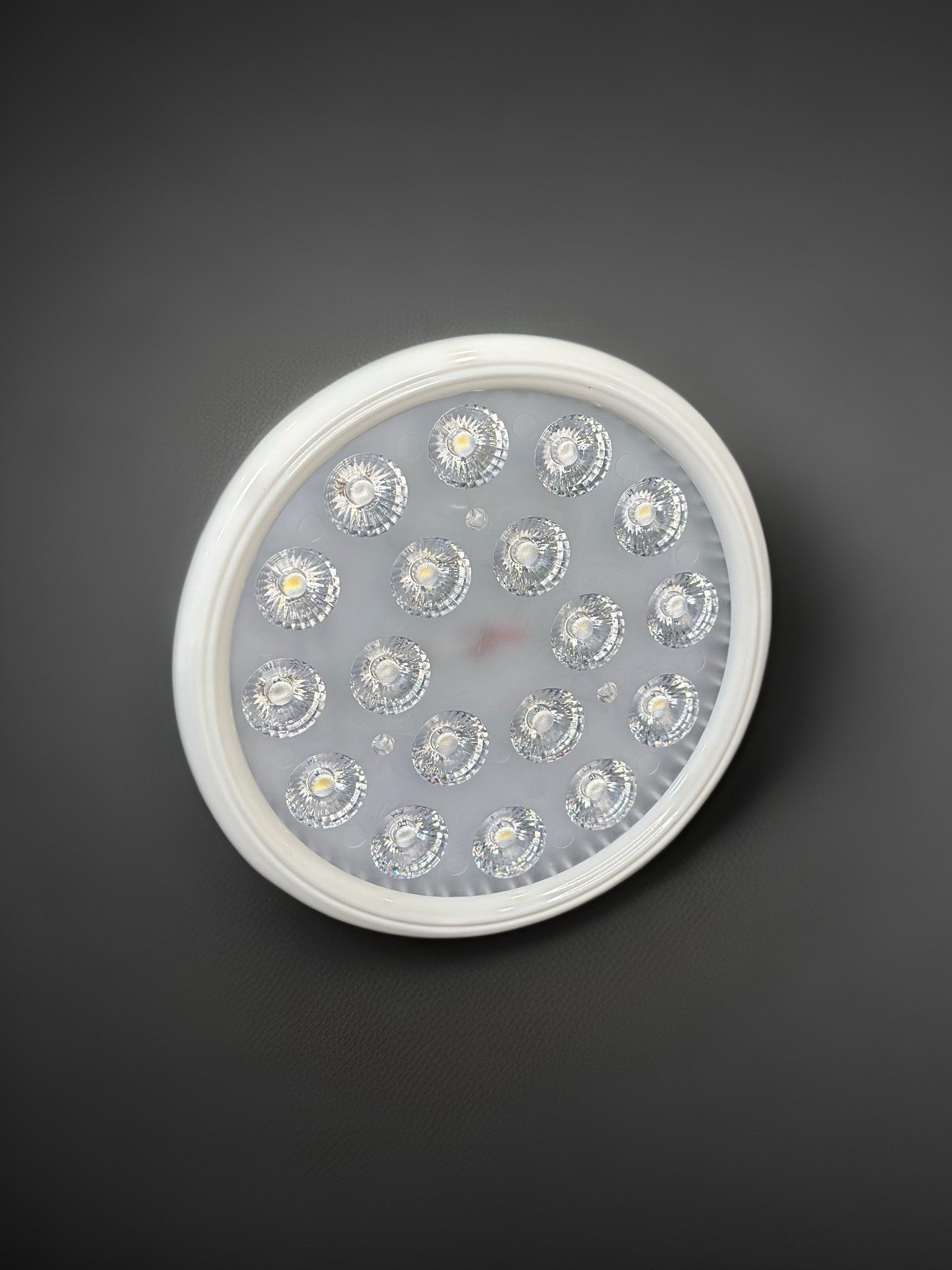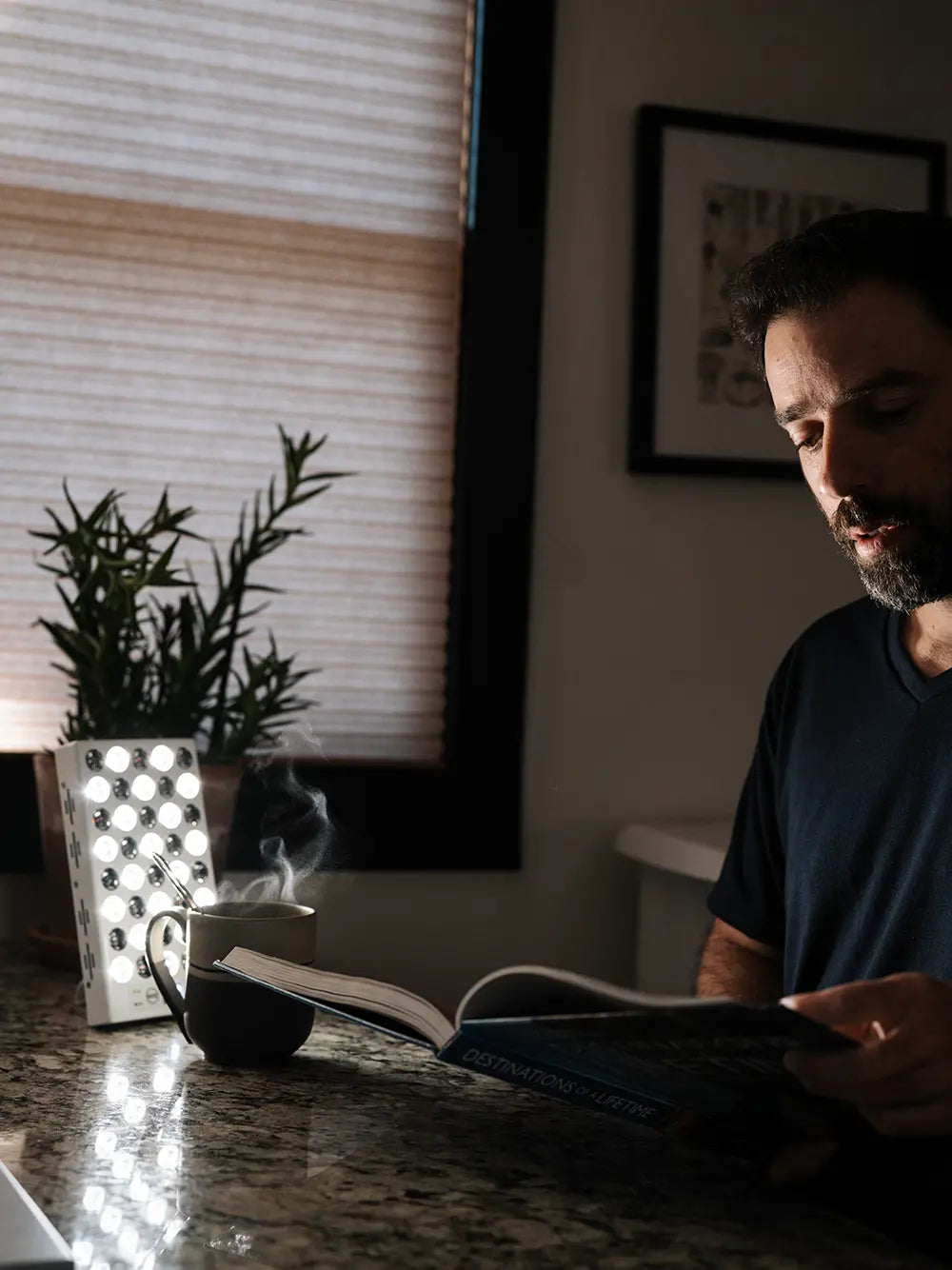If you struggle with seasonal depression, or Seasonal Affective Disorder (SAD), you're not alone. Up to 3% of the population -- or 10 million people in the USA -- do indeed suffer with this, and the ratio is much higher among those who already struggle with depression and those with bipolar disorder.
While there are those who face this condition going into the summer months, the vast majority face it when going into the winter months. Typical symptoms include:
- Feeling tired / sleeping excessively
- A lack of motivation
- Thinking poorly of yourself
- Difficulty concentrating
- Craving carbs and sweets, experiencing weight gain
This is due in large part to the change in LIGHT, which is our expertise and our mission to teach the world about. Critically, it's important to understand the FULL SPECTRUM of light that the sun offers us, and why standard lights and even "full spectrum" lights fail to provide full support.
We'll talk below about several things you can do to move more successfully through seasonal depression, and we'll show you why we've developed the only true full-spectrum light we're aware of.

EXERCISE
When you're feeling down, sometimes the most difficult thing to do is simply to get up and move. Yet exercise has been consistently shown as one of the most effective ways to address depression in general.
This meta-analysis, published in the Journal of the American Medical Association (JAMA), shows "significant mental health benefits from being physically active, even at levels below the public health recommendations. Health practitioners should therefore encourage any increase in physical activity to improve mental health."
Recommended activity levels include 150 minutes of moderate exercise (for instance, brisk walking) per week. So this might be 30 minutes a day, 5 days a week.
You might not be able to start at that level, but it's always better to get some exercise than none. If needed, look to a friend or even a health coach who can hold you accountable to making a consistent effort around exercise, even if it just means walking more.

DIET
When it comes to health, including mental health, diet matters.
Many people struggling with seasonal depression, or Seasonal Affective Disorder (SAD), find that they crave carbs or sweets and that they put on weight.
This is something of a chicken or egg challenge. Eating poorly, including an excess of sugar, can cause any number of health problems, including depression.
But feeling depressed can pull you toward "comfort foods" that only compound the problem. Many times, "comfort foods" are programmed into us by past emotional events that have never been fully resolved, which is where deeper forms of therapy may be beneficial.
This is why, once again, it may be helpful to have someone help to hold you accountable. Seek a friend or family member you can trust for regular check-ins so you're encouraged to make more responsible decisions about what you eat. Or even consider working with a health coach or nutritionist who can guide you on better dietary options.
We should note on this topic that we designate light as NUTRITION -- that is, our bodies literally need to be exposed to it to drive certain activities, including metabolizing nutrients we get from food or supplements. Without full-spectrum light, our bodies will struggle nutritionally, driving a cascade of physical and mental or emotional health problems.

LIGHT
Seasonal depression, or SAD, is most common going into the winter because many people lose adequate access to sunlight. We expect light may be involved even in those where the depression kicks in as summer approaches. In the southern USA, for instance, many people will spend more time indoors in the summer due to the heat.
In any case, light therapy is widely considered a primary solution for seasonal depression. To get the best results possible, however, you need a light box that replicates the sun as closely as possible.
The sun provides us with a full spectrum of light, and that includes more than just visible light. This means we get frequencies that correspond to all the colors of the rainbow, as well as near infrared light and ultraviolet light.
Unfortunately, your average SAD therapy light box does NOT replicate this full spectrum of the sun:
- Some refuse to show their visible light spectrum, so you don't know if you're getting a balance of all colors. As a non-profit organization, we have designed our lights with one purpose only: to replicate the sun as nearly as possible in order to stimulate health in the body. We are not in the business of maximizing profits or selling a product that just sounds good.
CRI stands for Color Rendering Index. The closer a lamp scores to 100, the more it perfectly replicates the sun in terms of visible light. Our lamps score a 98.1 overall, while most commercial LEDs score in the 80s with a heavy emphasis on blue light, which can cause retinal damage.
SOLshine, however, intrinsically improves the spectral quality and biological benefits of our lamps by adding 97 CRI R9 (red spectrum) and a 99 CRI R15. Traditional CRI completely ignores these, so other lamps can boast a high CRI while having low-quality R9 and R15 scores.

- Because the experts have made us afraid of the sun (as society continues to get less and less healthy following their overall guidance), most SAD light therapy options do their best to eliminate all UV lighting.
Based on the work of Dr. John Ott -- the father of full-spectrum lighting and someone we originally worked with -- we purposely include a trace amount of ultraviolet light to stimulate the benefits provided by the sun, such as the production of vitamin D. This is just a fraction of what you would get from sun exposure, and is designed to provide support without causing problems often associated with extended sun exposure.
- No other light therapy that we're aware of includes near infrared (NIR) frequencies, perhaps because it's expensive. But this means missing out on the essential value of these frequencies as shown by a growing body of research. SOLshine includes 5 different frequencies of essential near infrared light.
NIR and 670nm red light (included in our R9 spectrum) help reduce the risk of retinal-inflammation by priming the cells in the retina for "repair & regeneration.” NIR is also critical to the production of ATP, the fuel cells need for metabolism and all vital functions.
As our name suggests, we take the science of light seriously in order to help humanity recover its natural state of energy and health. We consider our lamps as more than just SAD light therapy, but as essential nutrition for every human being who doesn't get enough exposure to the sun.
LIGHT THERAPY USAGE:
Typical guidance on full-spectrum light therapy recommends a minimum of 20-30 minutes per day at a distance of about 2 feet, with eyes open but not staring directly at the light. Follow directions from any individual manufacturer.
LIGHT THERAPY PRECAUTIONS:
If you suffer from bipolar disorder, cataracts, or other eye problems, consult with your medical professional before engaging in light therapy.
Click above to purchase SOLshine light therapy lamps today.

Seasonal depression is mild enough for many people that they just deal with it, rather than seeking professional help. Since it often goes hand in hand with more serious instances of depression or bipolar disorder, we encourage you not to ignore it.
Only you can decide when to seek professional help, but please don't hesitate if you find that it's affecting your life and relationships in any meaningful way.
Regardless of whether you're working with a professional, implementing good habits around exercise, diet, and light exposure is a key to both physical and mental health, and we encourage you to take positive steps in all of these areas.
Find those steps that are easy to begin with. (Sitting under one of our lamps as you read, eat breakfast, etc. is indeed an easy step.) As you begin to incorporate better habits, other habits will become your next easy steps. You can make meaningful change and see incredible benefits in your life when you take one step at a time.

